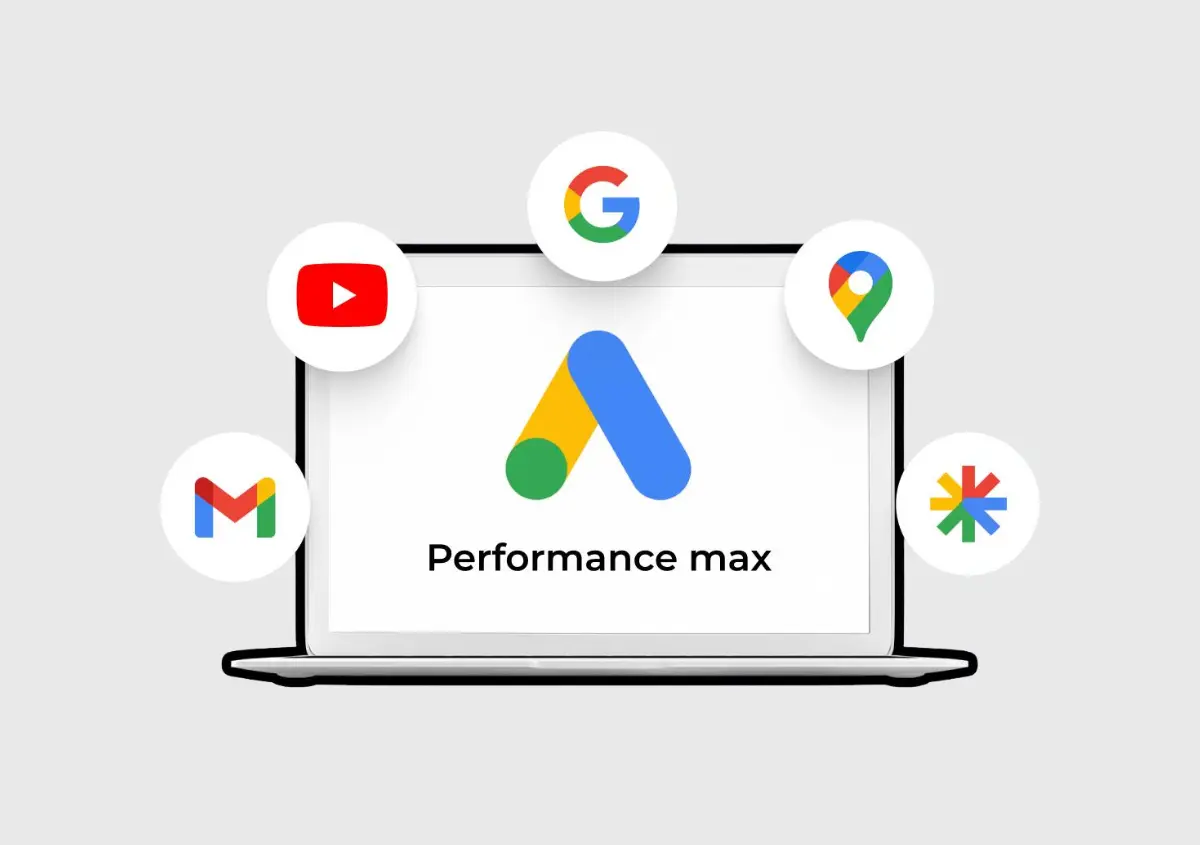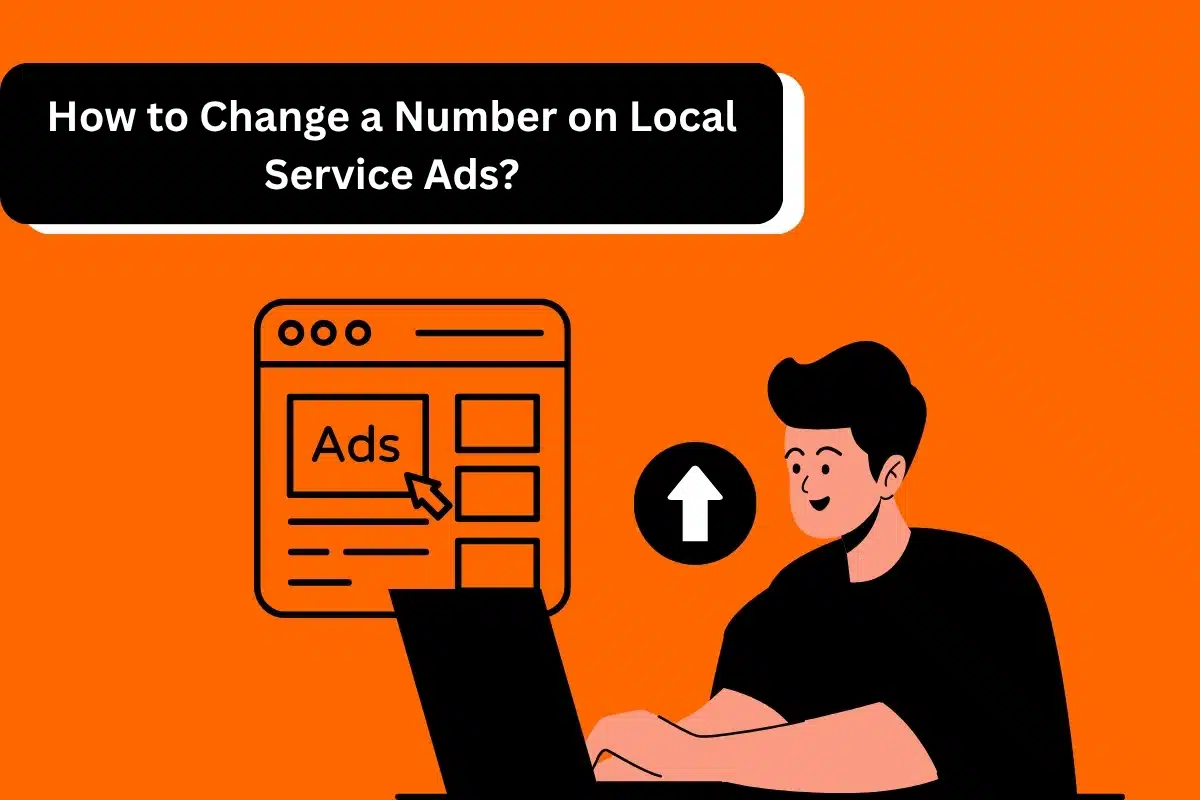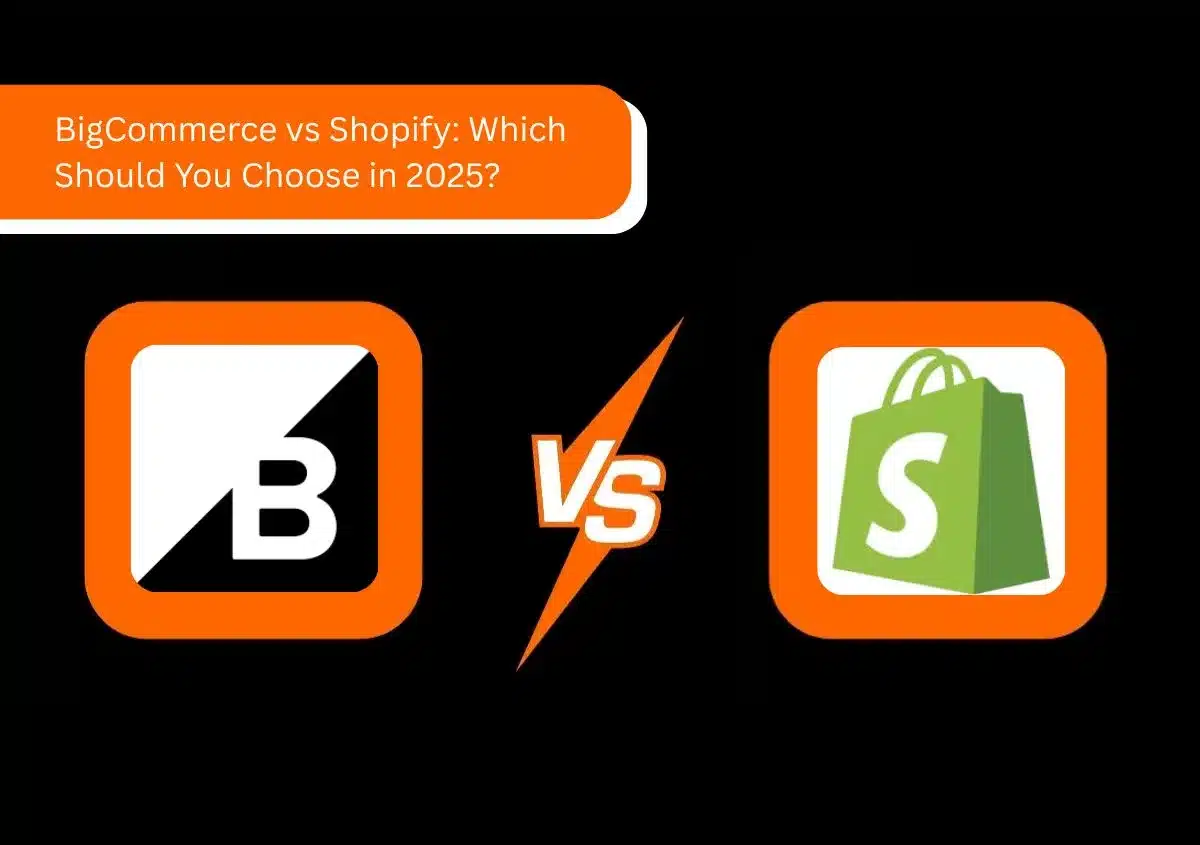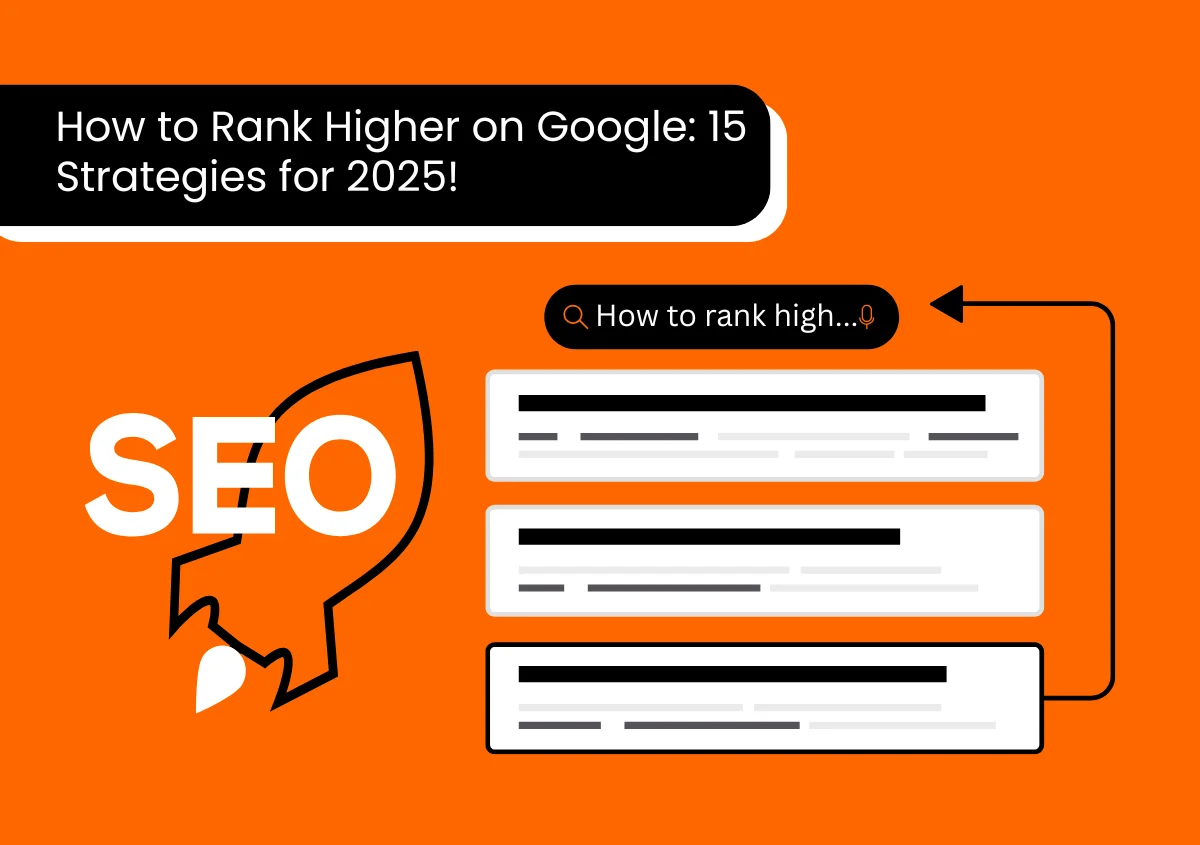As a marketer, you understand the potential impact of Google Ads Performance Max on traffic and conversions as a business. On the other hand, performance issues occasionally arise and have a detrimental influence on the efficacy of your efforts.
To help you maximize your ad performance and meet your marketing objectives, we’ll go over some common diagnostics and workarounds for Google Ads Performance Max. Regardless of your experience with Google Ads Performance Max, following the fixes will help you optimize your campaigns and maintain optimal performance.
Is Google Performance Max Effective?
To put it succinctly, yes! Ad campaigns using Performance Max have great potential, especially for retail establishments. A significant portion of their service is shopping traffic since Performance Max accesses bottom-of-funnel sales traffic in place of Google Smart Shopping. This implies that companies can focus on clients who are more likely to make a purchase and are already interested in what they are offering in terms of services or products.
Businesses can target individual clients with customized ads farther up the funnel thanks to audience segmentation, which also helps them decipher the buyer journey and create an efficient advertising plan.
Do note that, occasionally, the Performance Max Campaign configuration may prevent it from reaching its full potential. Sometimes, Performance Max may not be right for a certain brand, organization, or business. It is then that an alternative strategy is required.
Check the Performance Max Timeline Before You Start
After launching your campaign, you must understand what comes next.
First, any new assets you add will be examined to ensure they comply with Google’s regulations, which will take a minimum of 24 to 48 hours. After that, it might take your campaign one to two weeks to really get up steam and begin achieving your objectives. This is a result of the time it takes Google’s systems to evaluate your campaign and determine the best locations and target markets for your advertisements. Don’t make any significant adjustments during this learning phase because Google Ads may need some time to adapt to serving impressions if you make any changes to your campaign settings!
Even after three business days, if your ad is still not getting impressions, look at the following reasons.
Reasons Why Performance Max Campaign not Running and Fixes
Sometimes you may find that your Performance Max ads aren’t using up much of your daily budget or serving as many impressions as you had anticipated. We’ll go over frequent causes of non-serving ads below, along with steps to resolve the issue with Google Ads tools.
1. Account Problems
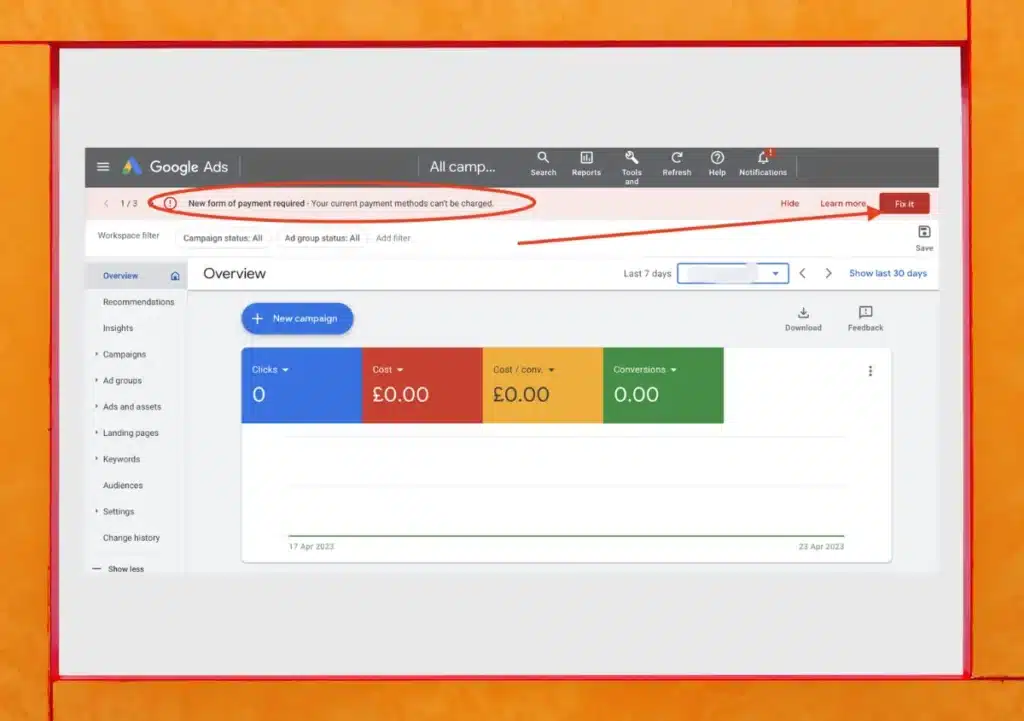
You won’t be able to run your ad until the issue is fixed if your account is suspended or if there is a financial dispute. On your homepage, you will see this indication if your account has been suspended. Additionally, an email notification detailing the reason your account was suspended should have been sent to you.
Remember that you don’t need to verify the status of your Google Ads account if you have other campaigns running in your account.
How to Fix?
Use the suspended account tool to automatically check the status of your account if it has been suspended.
Regarding billing concerns:
- Examine your account budgets if you pay your invoices monthly. All of the account’s ads will cease to run if, before the conclusion of the specified period, your overall campaign expenses match the allocated sum in the account budget. Study the creation and editing of an account budget.
- For denied payments, see the Transactions or Billing Summary pages. Until the due sum is paid, your account may stay suspended.
2. Date Ranges and the Start and Finish Dates of the Campaign.
You may see performance statistics for the selected date period in Google Ads. There are no impressions from your campaign outside of the time frame it has been running.
Here’s How to Fix
Verify that the start and finish dates of your campaign are included in the date range.
3. The Campaign Isn’t Active.
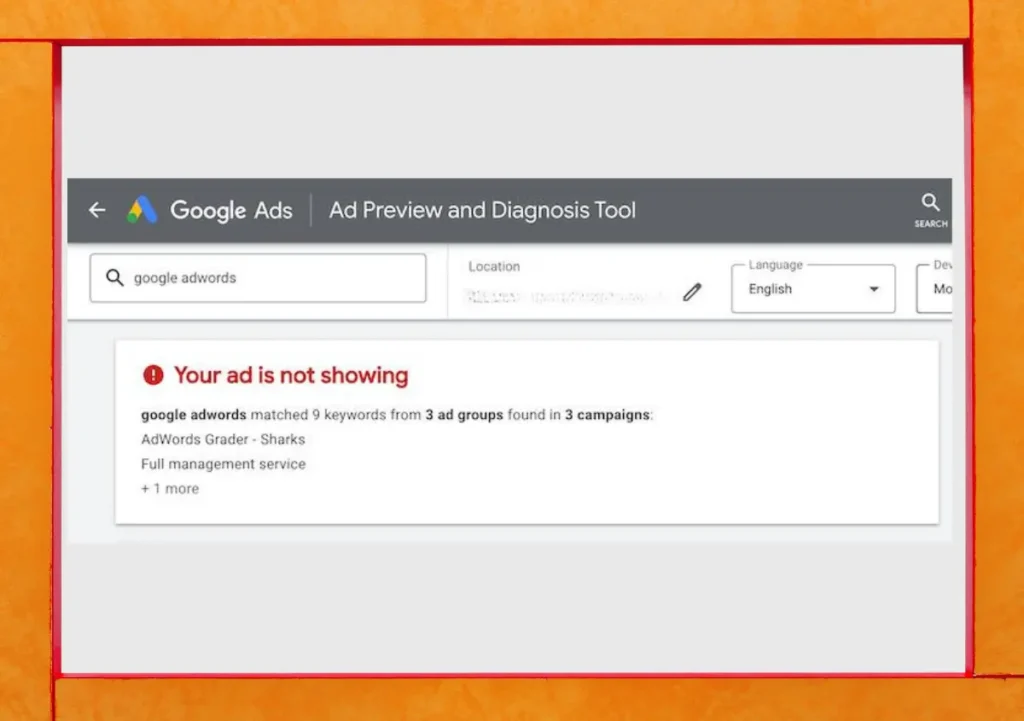
Make sure your campaign is enabled for it to be launched and functional.
How to Solve?
- Locate your Performance Max campaign by clicking on Campaigns.
- Verify that “Eligible” is the status. You may choose “enabled” using the pause symbol if it’s “Paused.”
- Verify if the status of your campaign is now eligible.
4. Google AI is Analyzing Information.
Achievement AI and automated bid methods are used by Max Campaigns to maximize campaign performance. Based on the information you give them via audience signals and the performance statistics from your campaign and account, these models learn and adjust. Performance tuning may take some time.
Solution
We advise against evaluating campaign results for a week or two after creation since the campaign is still learning and optimizing. Low-performance reports might be a sign that the model is still developing. After two weeks, if your campaign is still not working up to par, get in touch with support so they can troubleshoot further.
Your campaign can be in learning mode if, in the middle of the campaign, you make major modifications to your settings, and yet, your ads aren’t serving. Even though you may make adjustments from time to time, be aware that your Performance Max campaign may see a small performance fluctuation as it adapts to these modifications.
5. A Tight Budget.

Your ads might not run as frequently if you have a small budget. However, Google Ads makes sure your campaign stays under your expenditure limit. Because of a limited budget, your campaign status may also read “Eligible (Limited),” meaning that it is either not serving at all or is serving very little.
Your campaign could take longer to start serving, perform relatively poorly, and have a cost per conversion for the conversion target that exceeds your daily budget. These are signs that your performance might be constrained by your budget.
How to Solve This Issue?
Let’s say, you may anticipate getting one conversion every three days if your campaign’s daily budget is US$5 and your average cost per conversion (from other campaigns in your account) is US$15. If you want better results, think about increasing your ad spending.
6. Optimization Objectives and Low Bid Targets.
While ads with very low bids can be served, your campaign might not participate in or win as many auctions, and your ads might not receive any impressions.
It’s Solution
- Verify that the optimization plan for your campaign is in line with your corporate objectives.
- Use the Maximize Conversions approach if your objective is to increase the number of conversions within a given budget.
- Based on past performance, evaluate if your automated bidding objective can meet your optimization aim. Should your goal be excessively high (ROAS) or low (CPA), your campaign may not function at that level and end up failing.
For instance, you should think about increasing your target CPA if you’re using target CPA bidding and it’s much lower than your historical average CPA for that conversion objective. This is because your target CPA might not be reachable while retaining respectable traffic levels.
7. The Targeting Is Limited.
Your ads’ potential reach is reduced every time you add targeting or if there are problems with your remarketing lists, even though targeting settings assist you in identifying the precise group of individuals who are most interested in your company.
It’s Fixes
Location-Based Targeting
Limiting a campaign’s reach or making it ineffective may result from focusing on a single zip code, a short radius, or a city with a low population. With Google ads location targeting, your ads can show up in any geographic area you choose, such as countries, areas within nations, a radius surrounding a location, or location groupings that might include tourist attractions, your company’s locations, or demographic tiers. By focusing your advertising, location targeting enables you to attract the ideal clients for your company. This particular targeting approach may help you receive a better return on investment (ROI).
Negative Targeting
If you are concerned about brand safety, exclusions may be useful. But if you include too many exclusions (like “youtube.com” or a remarketing list that includes the majority of your users), it can hinder or stop your ad from running.
Products
Your campaign won’t be successful if it is limited to a small number of items.
Offline ads for campaigns aimed at local shop visits and promotions are created primarily using the campaign’s specified retail locations. Ads can’t be generated on the backend and the campaign will not function if the store locations are not synchronized. To confirm that locations have been added to the campaign successfully, check the Settings > Store locations section of the campaign.
8. Targeting Conflicts With Other Ad Groups or Campaigns.
Due to similar keywords or other targeting, you may have several campaigns or ad groups in your account that qualify for overlapping auctions. Traffic to one of your campaigns may be the main beneficiary if there is overlapping targeting.
Fix
To prevent it from conflicting with other campaigns in your account, review and maybe update the targeting for your campaign.
9. The Last URL Expansion Is Disabled.
When you enable Final URL Expansion, your Performance Max campaign will be able to serve more searches that are more likely to result in conversions. It will also dynamically direct traffic to the most relevant landing pages based on the query and use the landing page content to create headlines for your ads that are tailored to it. If necessary, you can opt to remove specific landing pages from your website, such as the FAQs or corporate blog sites.
Here’s How to Solve
Go into the settings of your Performance Max campaign and turn on Final URL expansion.
10. Issues With Conversion Tracking.
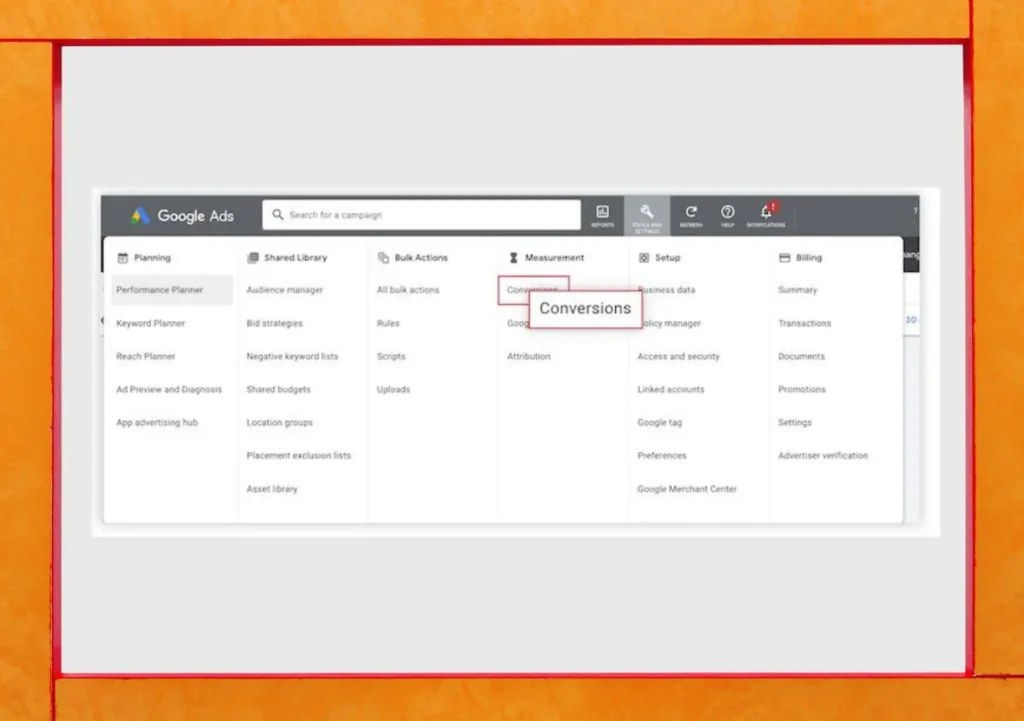
Ad serving could be restricted in Performance Max campaigns if Automated bidding isn’t optimized for conversions. This can happen if insufficient conversion data is being received by the campaign or conversion tracking isn’t properly configured.
How to Fix It?
- Use the Conversion tracking status troubleshooter to verify your conversion tracking configuration.
- Make sure that the conversion action you have chosen is actively recording conversions. If the goals from previous performance initiatives in your account are helping your business, it is advised that you utilize them here as well.
11. Status of the Ad Policy Review.
Your advertisements will go through a policy review to make sure they comply with Google advertisements’ guidelines before they can be served. Campaigns using Performance Max adhere to all Google Ads guidelines. The performance of your campaign may suffer if some networks prohibit your asset group from serving if your assets violate these regulations. Please get in touch with the Google support team if your ad has been under evaluation for longer than two whole working days.
Resolve the Issue
Verify the current state of your asset group, make edits, or file an appeal
- Navigate to your Performance Max campaign in your Google Ads account.
- Select “Asset groups” from the page menu.
- Verify the status of your asset group to make sure there are no policy concerns or that it is under review.
- Hover your cursor over any status that says “Disapproved” or “Approved (Limited)” to learn more about the relevant policy concerns. You can fix the problem by clicking Edit Assets if you recognize the violation.
If you believe that the decision to disapprove your assets was made incorrectly, you can appeal it:
- Click “Asset groups” on the page.
- Examine the “Disapproved” or “Approved (Limited)” asset group’s status.
- Choose the reason you believe it was wrongfully rejected when you click Appeal.
To see the review status for each asset,
- Click “Asset groups” on the page.
- Select View Details. The “Status” column contains the policy review status.
12. Limited Diversity and Coverage of Creative Assets (Ad Strength).
Your Performance Max campaign must have a wide range of creatives that can be automatically merged into different ad formats that work on all media. Because they may participate in fewer auctions and have a more constrained reach, campaigns with a restricted number of advertising or assets may find it more challenging to serve.
Fix
Examine the Ad Strength and Diagnostic insights for your campaign to see whether serving might be enhanced by more asset coverage.
13. The Dynamics of Auctions.
The effectiveness of your campaign may be impacted by other marketers who are taking part in the same auctions as you. The number of impressions your ads receive may change if a new sponsor starts participating in the same auctions as your campaign.
Example: There’s a chance that another advertiser has chosen to reduce their target CPA, which would result in fewer impressions if your ad is no longer displayed on the first page of search results. If you have no target (tCPA or tROAS) defined, your Performance Max campaign should resume serving after a brief performance dip that is automatically adjusted to this.
Solution Of The Issue
If you do have a target established and performance starts to suffer, think about modifying it to enhance performance (e.g., decreasing ROAS or increasing CPA) or get in touch with the Google support team.
End Note
After trying the fixes listed above, if your Performance Max campaigns are still not succeeding, there may be a larger issue with your website or campaign setup. Refreshing your memory on Performance Max and going back to the fundamentals might be an excellent place to start.
You are not required to use Performance Max, though. When set properly, a hybrid strategy can occasionally combine Performance Max and Standard Google Ads campaigns for maximum impact. Smaller Google Ads accounts frequently have lower click-through rates and sales data, making it difficult for machine learning to extract sufficient data to optimize ads and ensure their smooth operation. It thus requires a more practical approach.
With your Google Performance Max campaigns, we hope this has assisted you in performing some troubleshooting. However, if you require the assistance of a professional Google Ads agency, reach out to our team at Website Pandas.

